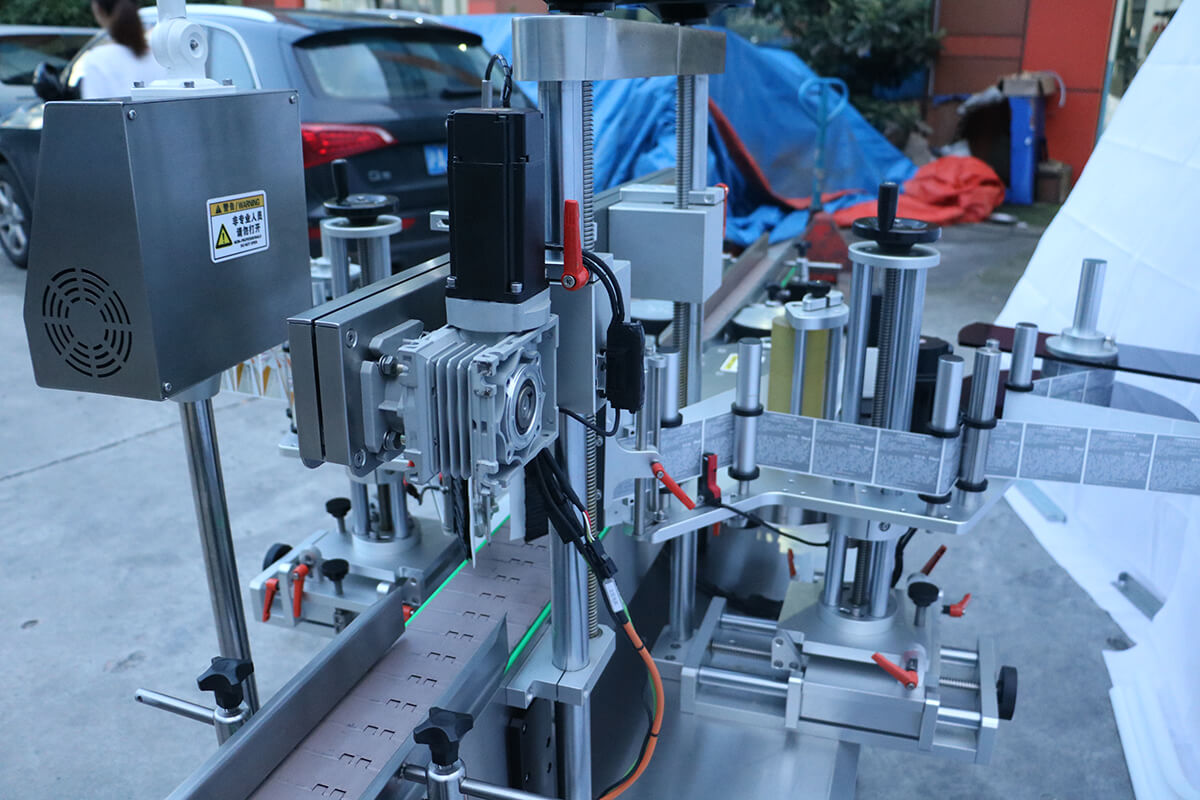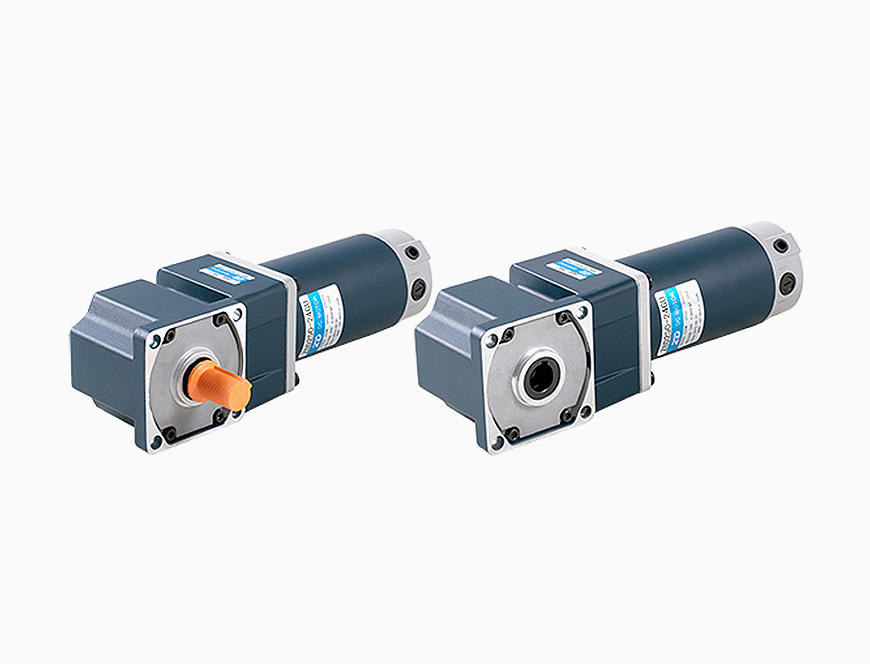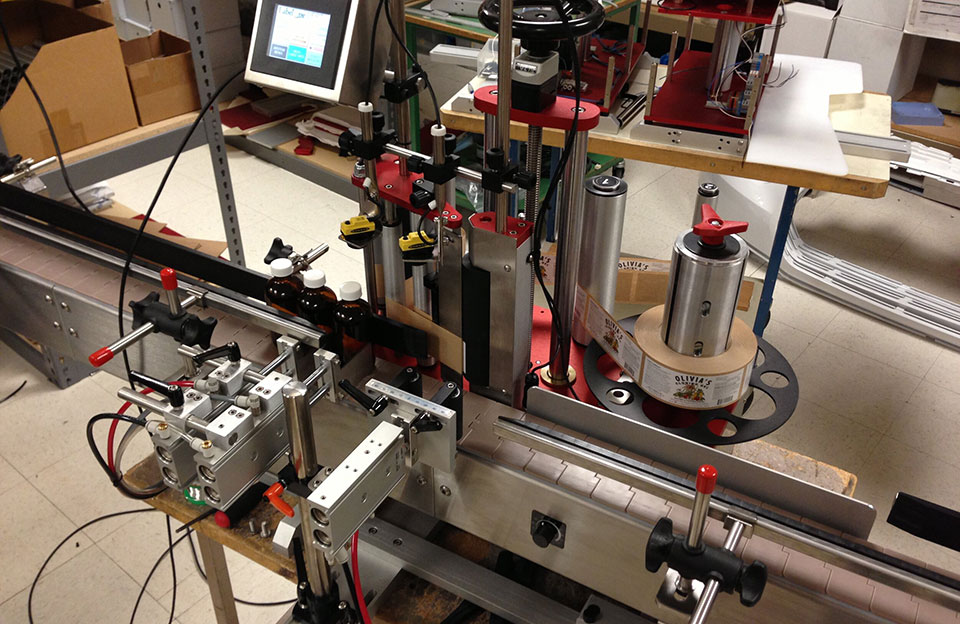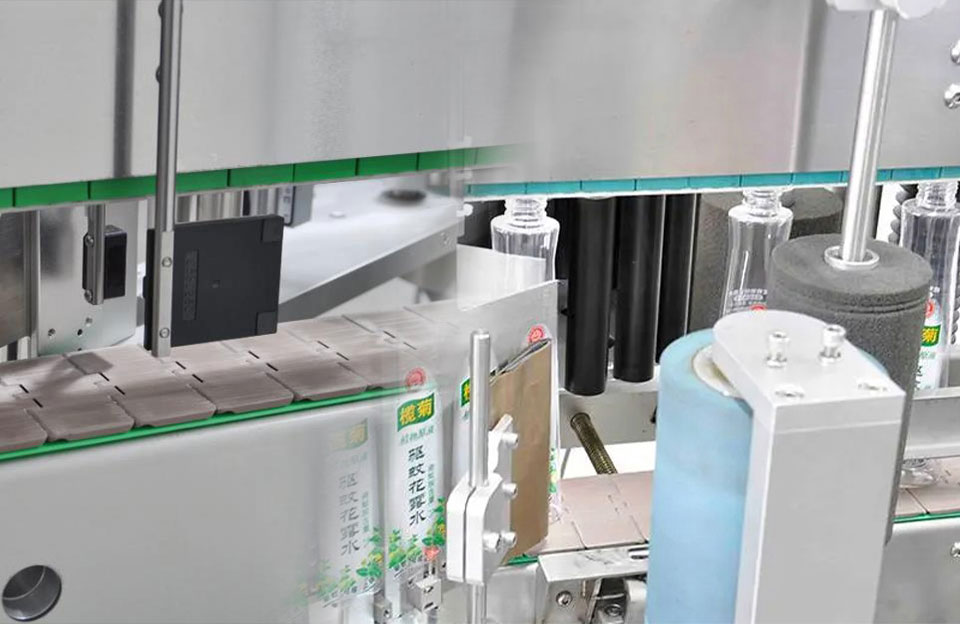The electrical system is an important part of the labeling machine. It is equipped with sensors and detectors to identify labeling errors, such as missing or misaligned labels.
The electrical system can effectively control the timing and synchronization of individual components, such as label dispensing, label application, and product inspection. Efficient electrical systems help streamline the labeling process, increasing productivity.
The Function of Electrical System in Labeling Machine
The electrical system in a labeling machine serves a crucial role in controlling and coordinating various functions to ensure the accurate and efficient application of labels onto products. Some of the key functions performed by the electrical system are as follows:
- Label Dispensing Control: The electrical system in labeling machine controls the label dispensing mechanism, which feeds labels from the label roll to the application system. It ensures precise and consistent label feeding to avoid misalignment and waste.
- Label Application Control: The electrical system manages the label application system responsible for applying labels onto products. Depending on the labeling method (e.g., pressure-sensitive, hot glue, cold glue), the electrical system controls the timing and activation of application components to achieve accurate label placement.
- Product Detection and Positioning: The electrical system in labeling machine utilizes various sensors to detect products moving along the labeling process. These sensors provide information about product presence, size, and position, allowing the machine to adjust label application accordingly.
- Conveyor Control: In labeling machines with a conveyor system, the electrical system controls the speed and direction of the conveyor belts to ensure proper product flow and alignment during the labeling process.
- Speed Synchronization: The electrical system synchronizes the labeling machine’s speed with the production line’s speed to maintain a consistent labeling process and prevent errors due to speed variations.
- Error Detection and Handling: The electrical system monitors the labeling process for any errors, such as missing labels, double labels, or label jamming. When an error is detected, the system may trigger alarms, stop the machine, or perform corrective actions to prevent label waste and product damage.
- User Interface and Settings: The electrical system in labeling machine provides a user interface, typically through a control panel, where operators can input label specifications, adjust settings, and monitor the machine’s status. This interface simplifies machine operation and allows for quick configuration changes.
- Safety and Emergency Stop: The electrical system incorporates safety features like emergency stop buttons and interlocks to ensure operator safety and protect the machine from potential hazards.
- Communication and Data Logging: Some labeling machines have communication interfaces to connect with other machines or a central control system. These interfaces allow data exchange, diagnostics, and remote machine performance monitoring.
- Programmability: The electrical system often includes programmable logic controllers (PLCs) or microcontrollers that enable customization and adaptability to different labeling requirements, label sizes, and product types.

Electrical System in Labeling Machine
Key Components of Electrical System in Labeling Machine
The electrical system in a labeling machine plays a crucial role in controlling and automating the labeling process. The key components of the electrical system in a labeling machine typically include:
- PLC (Programmable Logic Controller): PLC is the brain of the electrical system, responsible for controlling the overall operation of the labeling machine. It receives input signals from sensors, user interfaces, and other control devices and executes the programmed logic to control motors, solenoids, and other components.
- HMI (Human-Machine Interface): The user interface allows operators to interact with the labeling machine. It typically consists of a touchscreen or control panel, through which the operator can input settings, monitor machine status, and receive feedback or error messages.
- Sensors: Various sensors are used in a labeling machine to detect the presence and position of products, labels, and other critical components. For example, photoelectric sensors may detect the product’s position, while encoder sensors can monitor the movement of conveyor belts or label applicators.
- Motor Drives: Motor drives control the speed and movement of motors that drive the labeling machine’s various components, such as conveyor belts, label dispensers, and applicators.
- Label Dispenser: The label dispenser is responsible for unwinding and feeding the labels from the label roll to the labeling applicator accurately. The electrical system controls it to ensure precise label application.
- Label Applicator: The label applicator applies the labels to the products or packages based on the positioning and timing information received from sensors and the PLC. Depending on the type of labels and products, it could be a roller, a pneumatic applicator, or a vacuum-based system.
- Conveyor System: The conveyor system transports the products through the labeling machine. The electrical system controls the speed and movement of the conveyor to synchronize with the label dispensing and application process.
- Power Supply and Distribution: The electrical system requires a stable power supply to operate all its components. Additionally, there are power distribution components to ensure each part of the machine receives the necessary power.
- Safety Components: Safety is a critical aspect of any machinery. Emergency stop buttons, interlock switches, and safety curtains are safety components integrated into the electrical system to prevent accidents and protect operators.
- Control Relays and Contactors: Control relays and contactors are used to switch electrical circuits and control the flow of power to different components within the labeling machine.
- Wiring and Connectors: The electrical system uses appropriate wiring and connectors to connect all the components and ensure reliable electrical connections.
- Fuse and Circuit Protection: Fuse and circuit protection elements safeguard the electrical components from electrical faults and overcurrent situations.

Motor
Conclusion
The electrical system components work together to provide precise and efficient label application while ensuring the safety of the machine’s operation and operators.
The electrical system is the backbone of a labeling machine, driving its performance, accuracy, safety, and efficiency. Investing in a robust electrical system is essential for manufacturers seeking to enhance their labeling processes and improve the overall competitiveness of their products in the market.


